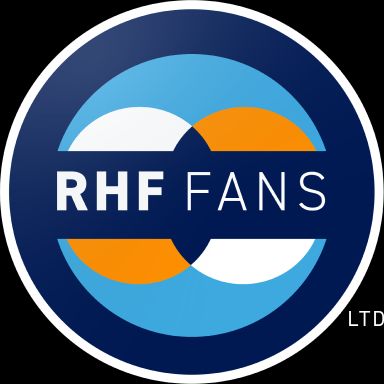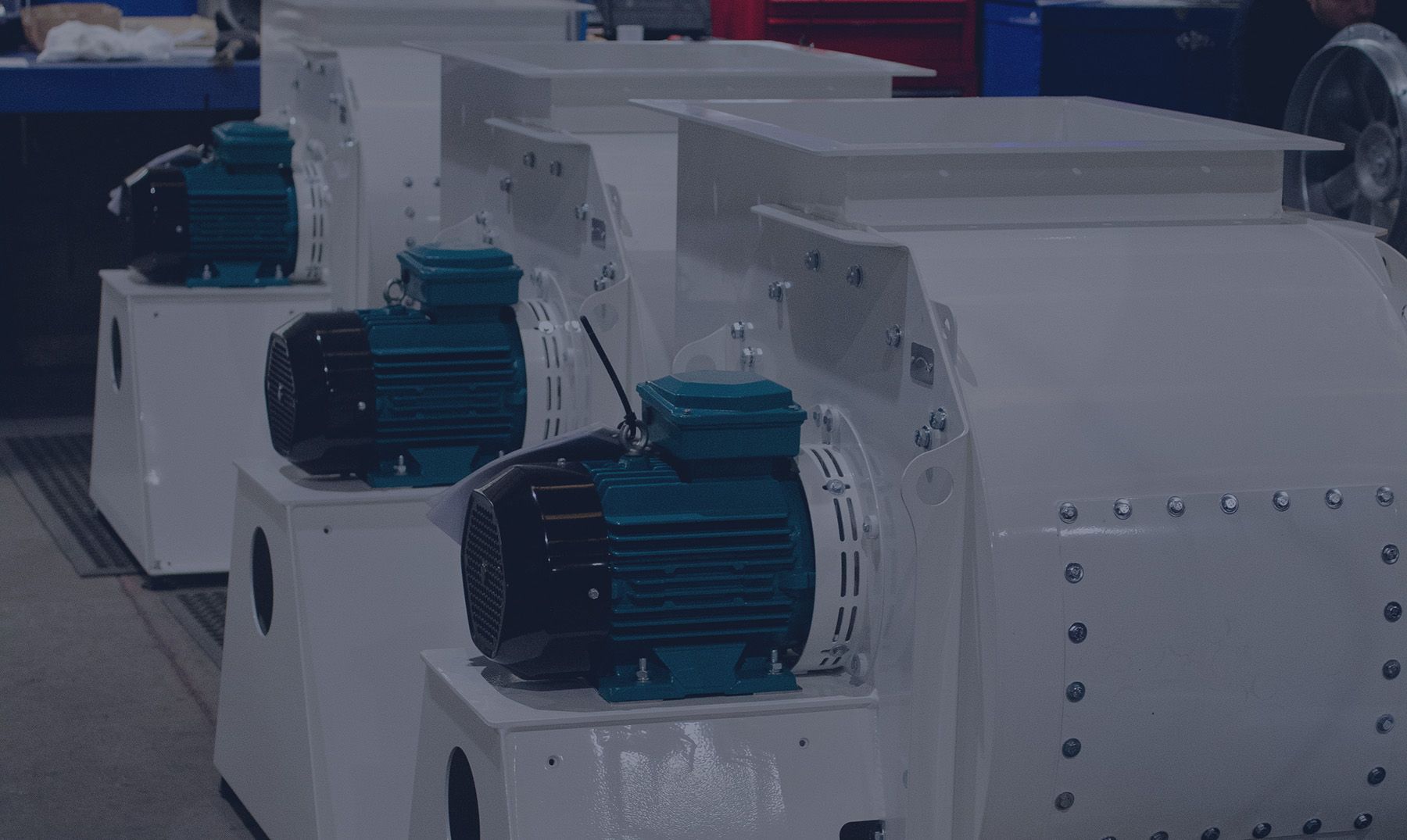
Decoding Energy Efficiency in Fan Design
Published on 30 Jan 2025
The Importance of Energy-Efficient Fans
Energy efficiency has become a pressing issue in all industries because of continuously increasing energy costs and more stringent environmental requirements. Fan manufacturers are tasked with creating fans that perform at higher levels while using less electricity and employing energy-efficient designs. Similarly, businesses across all industries are reviewing their equipment and systems in search of weak links that impact the achievement of energy goals. Among the leading innovations in this space is RHF Fans' Smoothflow technology, which sets a new benchmark for energy-efficient air movement systems. Let’s explore energy efficiency in fan design in more detail and discover greener options for large-scale industries.
Fans are extensively used in both commercial and industrial settings, so their dependability and efficiency are critical to plant operations in manufacturing. Fans consume roughly 78.7 billion kilowatt-hours of energy annually in the manufacturing sector. This equates to fifteen percent of the electricity used by motors. Similarly, a significant amount of the energy expenses for space conditioning in the business sector are attributed to the electricity required to run fan motors.
Given these significant figures, using energy-efficient fans is the most effective way to address these energy requirements. Industrial fans that perform well are essential in reducing operational costs, decreasing carbon footprints, and improving overall system efficiency.

Industrial Fans
Centrifugal and axial fans are two of the most commonly used fans in industrial settings. Centrifugal fans are favoured for their ability to move air at high pressure,. They draw air into the centre of the fan and expel it radially, creating a powerful and controlled airflow.
Axial fans operate by drawing air parallel to the fan’s axis, pushing it in the same direction as the shaft. These fans are ideal for low-pressure, high-flow applications like cooling towers, ventilation, and automotive systems.
What Type of Fan is Most Energy Efficient?
The ability of a fan to circulate air while using the least amount of energy determines its efficiency. A number of elements, such as the number of blades, blade angle, and blade form, influence axial fan efficiency. Due to their limited ability to handle static pressure, axial fans often have lower efficiency than centrifugal fans.
Centrifugal fans are generally more efficient because they can produce more considerable static pressures than axial fans. The impeller size, blade shape, blade angle, and number of blades are some of the variables that determine a centrifugal fan's efficiency. Centrifugal fans can sustain a high flow rate at high static pressures and are more effective at higher pressures.
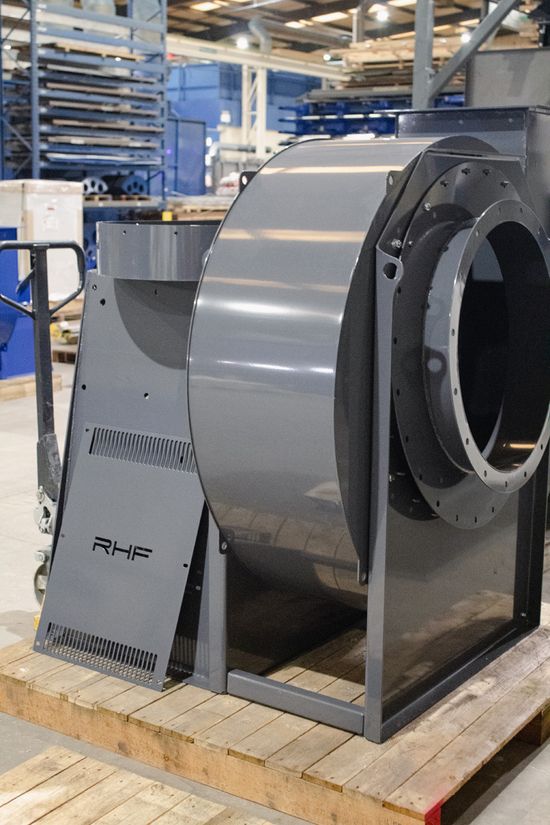
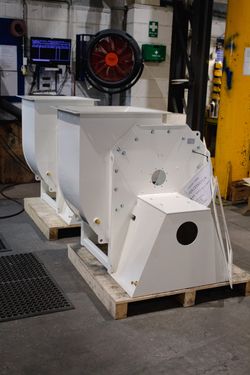

How can a fan be made more energy efficient?
Industrial fan systems must be operated with energy efficiency by taking into account the requirements of both the system as a whole and its individual pieces of equipment. By considering the interactions between the many parts, a "systems approach" moves the emphasis from the parts to the system's overall performance.
RHF Fans’ Smoothflow Technology is Revolutionising Fan Efficiency
At RHF Fans, we have taken fan design to the next level with our new technology, which addresses the core challenges of energy consumption and airflow optimisation with a whole systems approach. We have developed a more sophisticated design for our impellers and air inlets called "Smoothflow." This characteristic will become increasingly sought after as it ensures that there is less turbulence while the fan runs, which in turn results in less noise. However, the ultimate advantage of our enhanced inlet and impeller solution is increased efficiency, which naturally results in lower energy and consumption expenses. What characteristics of Smoothflow, then, contribute to its success as a design?
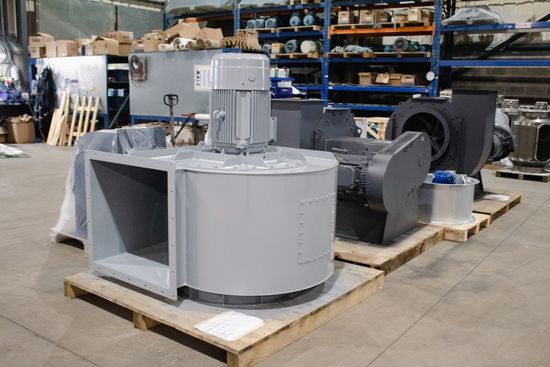
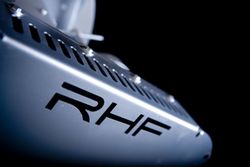
Features
-
Aerodynamic Design
Smoothflow technology employs precision-engineered blade designs which minimise turbulence and maximise airflow efficiency. The reduced air resistance ensures that the fan consumes less power to deliver better performance compared to traditional centrifugal fans.
-
Optimised Airflow Control
Smoothflow technology creates a consistent and streamlined airflow, which reduces energy losses caused by irregular air patterns. This makes it an excellent model for applications where precision and uniformity are demanded.
-
Noise Reduction
Energy-efficient designs often go hand-in-hand with noise reduction. Smoothflow technology operates quietly, making it suitable for settings where noise disturbance is a concern, such as hospitals, laboratories, and office buildings.
-
Durability and Longevity
Energy-efficient fans often face concerns about wear and tear due to optimised designs pushing the limits of material performance. However, RHF has put effort into the design and production of our fans. We assemble the fans using a unique tabbing technique. This not only speeds up the production of our fans, but it also produces a high level of quality and consistency that is difficult to get elsewhere.
-
Customisability
RHF Fans understand that no two applications are identical, and we tailor-design precision-engineered solutions for our clients. Smoothflow technology can be tailored to meet specific airflow and pressure requirements, ensuring maximum energy savings across diverse industries.
Why Choose Energy-Efficient Fans?
With every passing year, we are increasingly aware that inefficient energy consumption has a detrimental effect on the environment and the operating costs of any firm. All businesses strive to reduce costs and benefit from lower energy bills thanks to enhanced efficiency—less power consumption means more savings in the long run. With precision engineering, businesses will profit from improved performance and optimal airflow tailored to countless applications, all while contributing to green goals.
Time to Change the Parameters
By integrating technology like RHF Fans' Smoothflow design, industries can gain increased performance, efficiency, and sustainability. If your company is planning to upgrade existing systems or develop a new project, Smoothflow technology is a step toward greener, more cost-effective business practices.
Ready to make the switch? Explore RHF Fans’ energy calculator today and see the difference for yourself. Alternatively,contact our experts for a free centrifugal fan quote.
